Tamron 150 600 F/5-6.3 Di VC USD (Model A011) review
Tamron 150 600 review F/5-6.3 Di VC USD (Model A011)
Update: 05/09/2014 Tamron 150 600 f/5-6.3 DI VC USD review is added with samples, link for Full size samples added
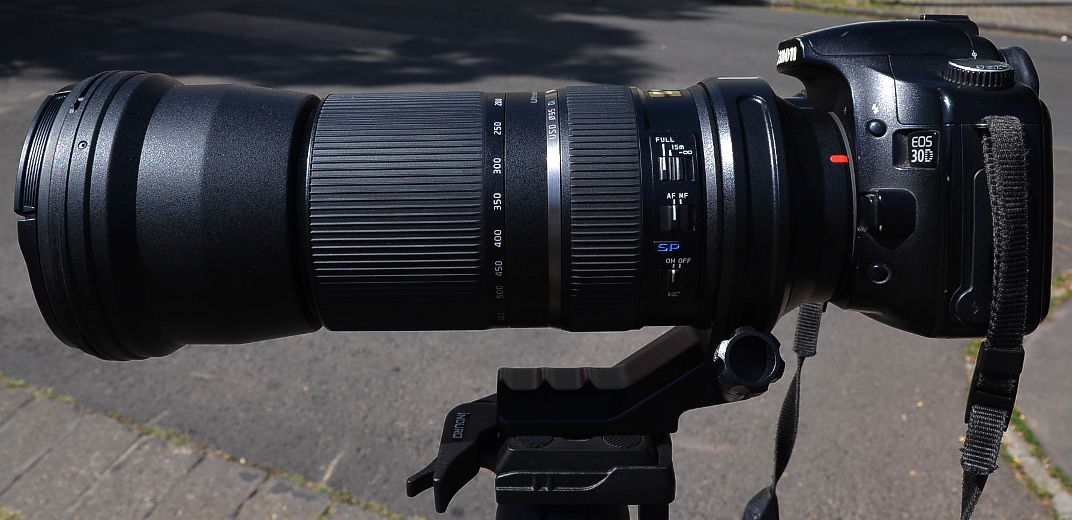
Tamron 150-600mm without hood click to enlarge
Tamron 150 600 review F/5-6.3 Di VC USD (Model A011)
The new Tamron 150-600 is appeared in the market and I first wrote about it in 14th of November last year as a very promising candidate for wildlife photography. Now I have a chance to test it, see the review here. Thanks to Tripont Kft who supplied the lens for the test. The lens is a Canon mount version of the lens.
[do_widget Text]
[do_widget Text]
Why is this lens is so unique? – Tamron 150 600 f/5-6.3 DI VC USD
Why is this lens so unique? This lens is so unique because before the release of this lens no zoom lens has existed with a 600mm longest focal length. This long focal lens lenses are especially useful in wildlife and bird photography. I was particularly interested about this lens as wildlife and bird photography is my passion shared with many.
Compatibility
The new Tamron 150 600 will be compatible with FF and Aps-C cameras in Canon, Nikon and Sony mount. I wouldn’t be surprised if comes for Pentax as well later.
Is 600mm make a difference ?
Yes it does. If you never used 600mm, just 400mm or 500mm it does a huge difference, perhaps much more you can expect. I realised soon I want a 600mm lens, not a 400mm when I start to stack two converters. On a crop body almost everything comes reachable with 600mm what you see with your eyes. You don’t need to go so close to photograph birds to distracting them like with the 400mm lenses. I don’t go in details like it is a 595mm lens or 605mm, but for my eyes the reach is much bigger than 400 or 500mm lenses, even very significantly bigger than 560mm which I use often. This huge focal length is an extremely enjoyable feature of the lens, let me highlight with an example. The focal length on Canon body is 0.38m(15 inch) from 10meters(32.8 feet). This means you can frame a 3m long dear(9.84 feet) from 92 meters(301,83 feet). At this distances very hard to make sharp images because of atmospheric haze, dirt or other factors and camera shake and many other factors as well. The short 150mm end is also quite narrow even on a Full frame body but help a lot in framing for example in flying objects.
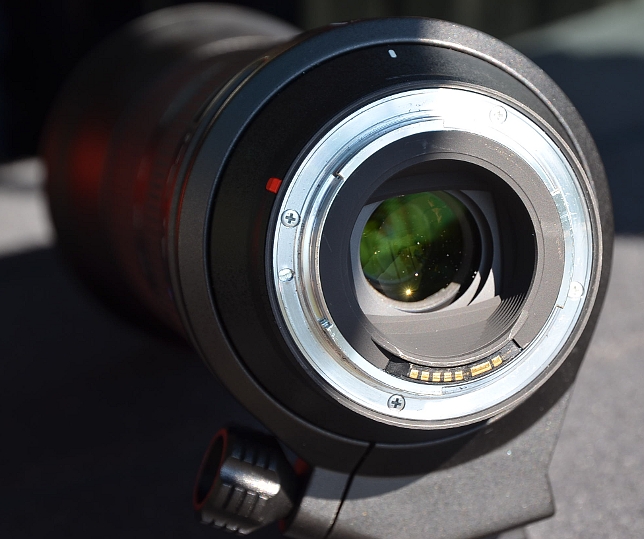
Build quality, autofocus, performance – Tamron 150-600 review
The lens has decent build quality but not up to Canon “L” lenses.(Filter thread is plastic, and more plastic helps to keep the weight low, but I am not sure to survive heavy abuse) The autofocus is very quick (can run through the whole focal length app for a second, or less) but not so quick to engage focus in low contrast situations (some hunting back and forth) like the best native Canon lenses(also happen with these lenses as well). According to my experience the autofocus precision is very good, but tracking fast moving subjects are much more difficult with 600mm than 400mm unless the movement parallel with the focus plane (which is essential at 600mm, where the depth of field is extremely shallow). The supplied tripod collar is very nice with a huge plate which is very nice to hold the lens at it.
Prime or zoom ?
Perhaps this is a question for many people. Both Canon and Nikon has excellent primes in this range, not so long both very good optically, the Canon 400mm f/5.6 and the Nikon 300mm f/4. Certainly the primes are simpler construction which allows better optical qualities. Until now I don’t find zooms that was tempting for me in reachable price point. On the other hand the zoom is much more versatile, and you can frame your pictures as you like, giving so much background as you like. For flying birds the zoom is definately a huge advantage, allows better subject tracking.
DOF table
This table shows at different distances how many space we have where the picture is sharp. In front of the focus point and behind half of the value can be calculated as sharp zone. Stoping down the lens increase the sharp zone, at f/8 the sharp zone is bigger than at f/5.6. If the distance is bigger the sharp zone also increases.
| 400mm f/5.6 | 500mm f/6.3 | 600mm f/6.3 | 600mm f/8 | 600mm f/11 | |
| 5m | 0,03m | 0,02m | 0,01m | 0,02m | 0,03m |
| 10m | 0,12m | 0,09m | 0,06m | 0,08m | 0,11m |
| 20m | 0,53m | 0,38m | 0,26m | 0,33m | 0,46m |
| 50m | 3,34m | 2,39m | 1,66m | 2,09m | 2,95m |
| 100m | 13,4m | 9,63m | 6,67m | 8,41m | 11,9m |
At 600mm seems even at f/11 we only have 3cm to work with from 5 meters, the depth of field is extremely shallow at this long focal length. if you manage to go closer to the subject it makes sense to use shorter focal lengths where the lens is sharper. But the 600mm is the most useful parameter of the lens.
Brightness – Tamron 150-600 review
150-225mm f/5
225-427mm – f/5.6
From 427mm – 600mm f/6.3
Optical quality – Tamron 150-600 review
100-400mm excellent wide open
500mm – still very high quality almost the same wide open, as before at shorter focal lengths, sharper than the Canon 100-400 at 400mm at f/5.6.
600mm – obviously wide open at f/6.3 the weakest point of the lens, but not bad at all
I don’t want you to wait long about the opinion of the lens quality I tell you in short: this is a superb lens for a superb price compare to the main rivals, especially if you live in North America. The contrast of this lens is very good, the colors looks very nice and sharpness is excellent as well. I checked several long lenses here in the website included the Canon 400mm f/5.6, Canon 100-400mm f/4.5-5.6, Sigma 50-500, Sigma 150-500, Canon 300 f/4. I tested lenses like the Canon 70-200mm f/2.8 II (coming soon) so I have an idea about long lens quality. Up to know the lens options for 600mm there was the following options if we want quality and autofocus functions: Canon 600mm f/4 or Canon 600mm f/4 II or Nikon 600mm f/4 not to mention 800mm f/5.6 lenses. All of this lenses are cost a fortune, not to mention size and wait, and all this are prime (single focal length lenses.) Currently one of the best Canon 600mm f/4 II costs 13,000 USD, the Nikon version costs 9,800 dollar.
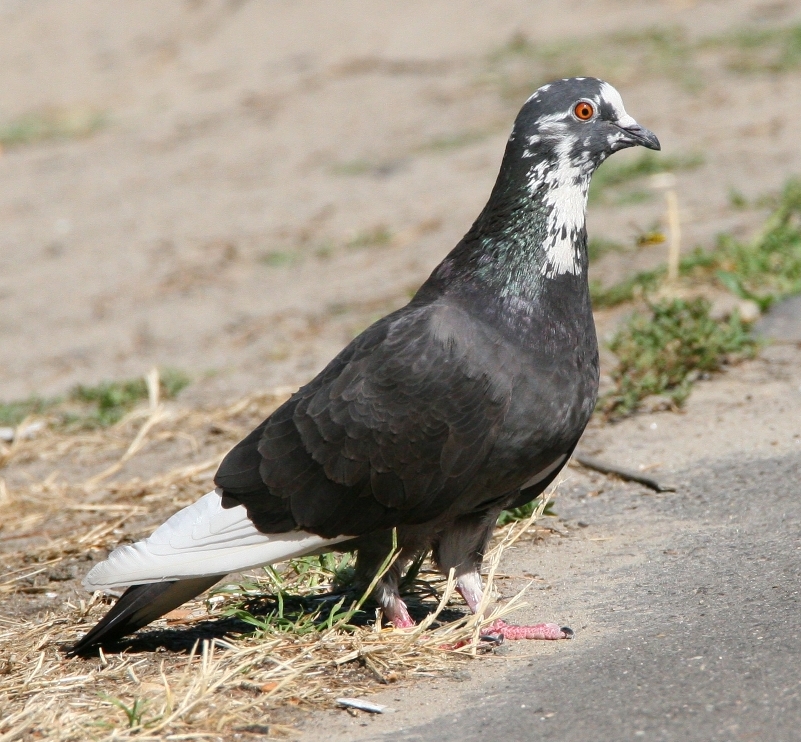
50% crop of the C30D 8Mp file, 600mm f/11, ISO 800 1/1000s, Induro 313 tripod
as it come from the camera no sharpening, the distance is app 20-25m.
I would say the quality is extremely high at 600mm stopped down
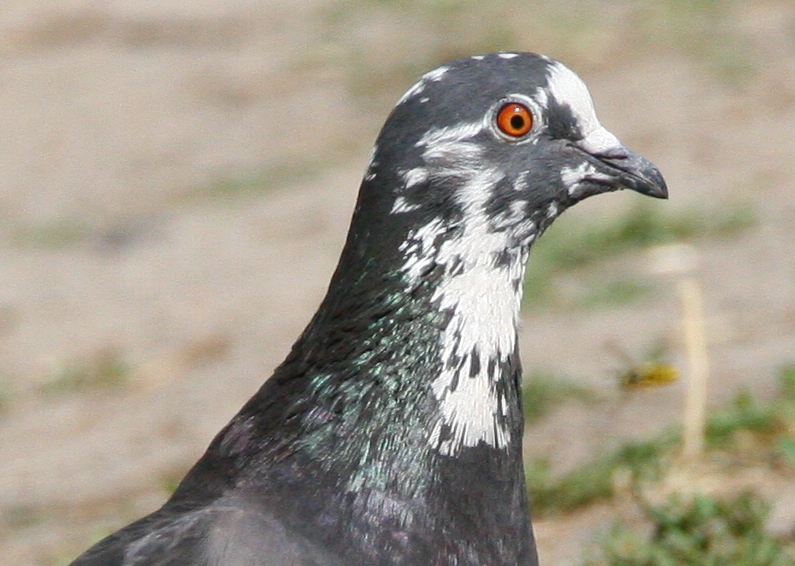 100% crop
100% crop
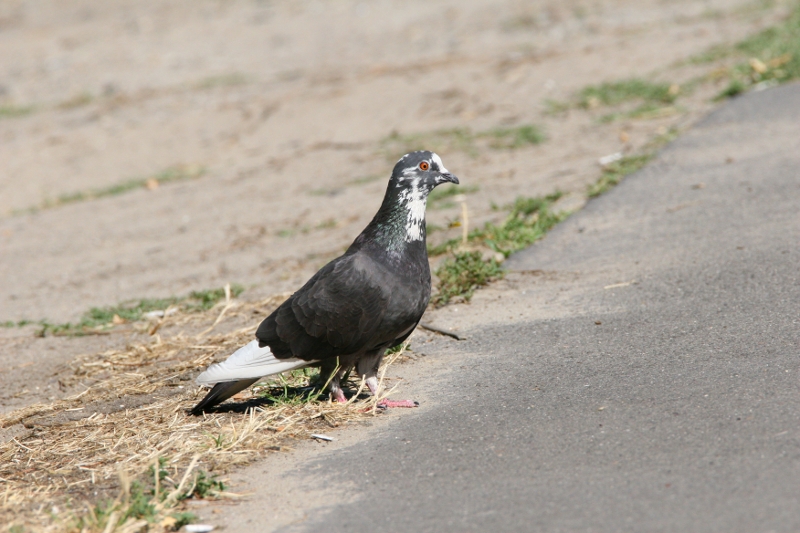
uncropped resized to 800 pixel from this you can check distance
But how good at 600mm f/6.3 ? – Tamron 150 600 f/5-6.3 DI VC USD
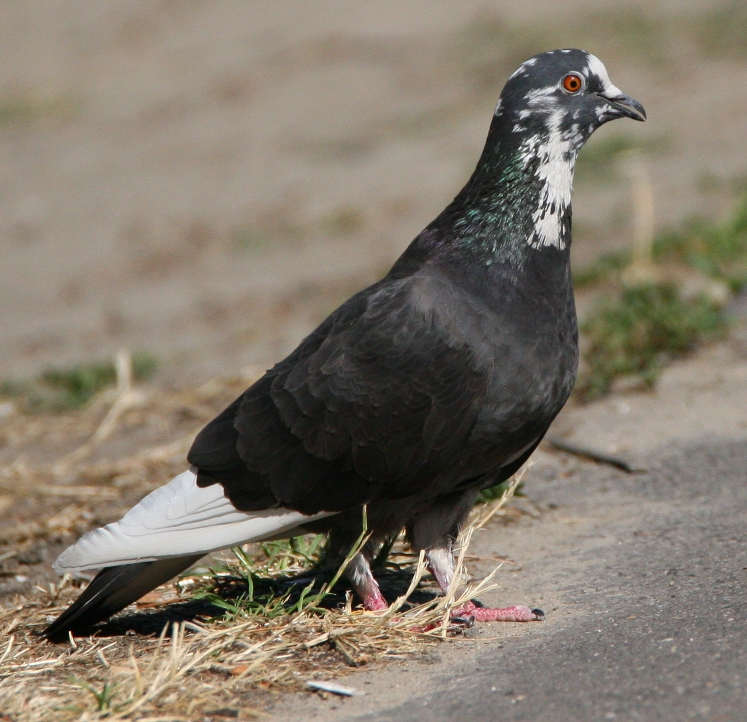
1/4000s f/6.3 600mm ISO 800 50%crop no post processing distance 20-25m
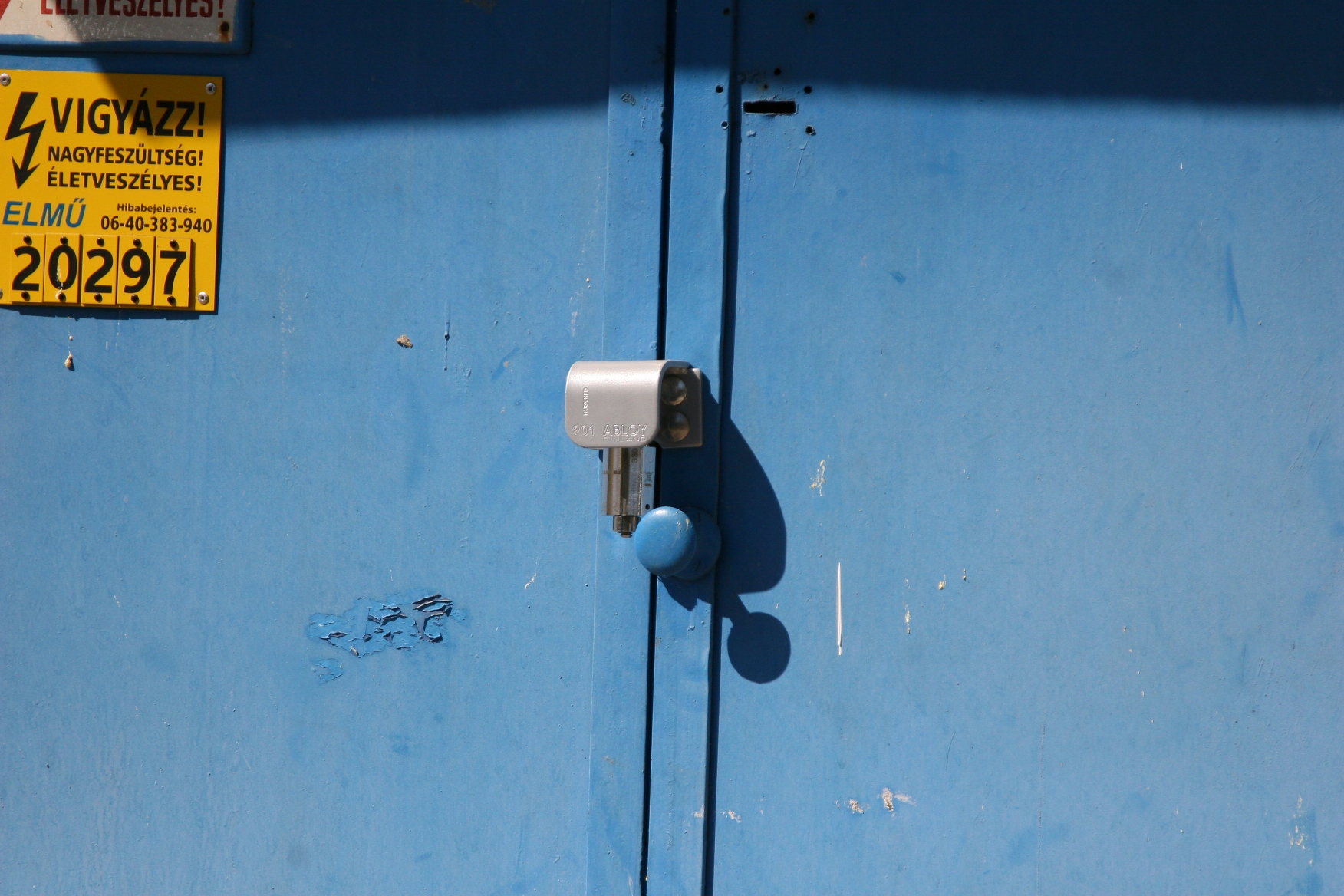
600mm f/6.3 1/2000s ISO 400 50%crop no post processing click to see in big

150mm f/5 sharp like a knife the quality is very high like a macro lens or even sharper click to see the 1.9MB 50% crop

Beautiful colors 600mm f/10

500mm f/10 cropped distance 18m no post processing
Stabilizer – Tamron 150-600 review
It is possible to make sharp shots thanks to the stabilizer at 1/100s at 600mm setting which is a huge achievement. It depends on how shaky is your hand though, the gain is bigger in f-stps with people with shakier hands.
Switches – Tamron 150-600 review
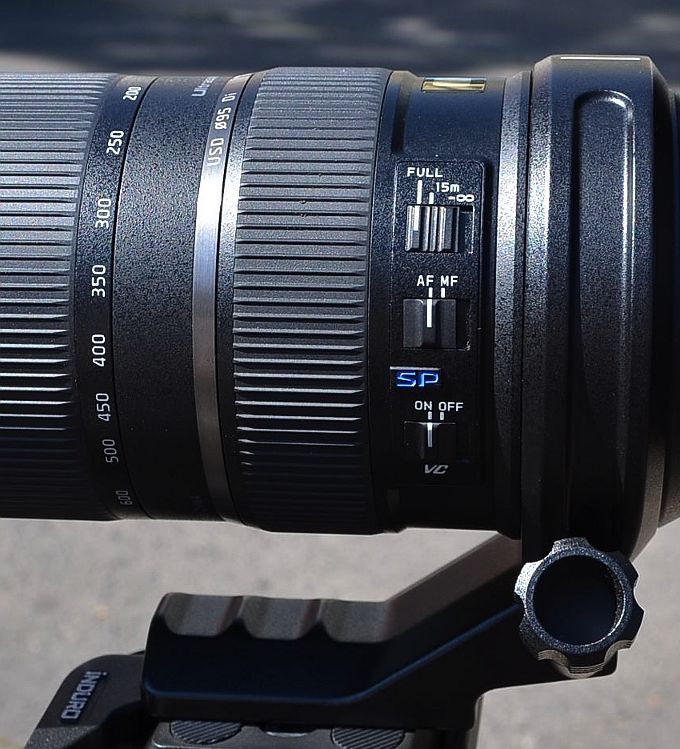
The following switches can be found on the lens: stabilizer on-off, manual or autofocus switch, focus limiter at 15m, zoom lock.
Drawbacks – Tamron 150-600 review
I write this to understand the lens limitations clearly. This is a big huge heavy lens compare to “average” lenses if this category is existing. It is black which I think is very good in more aspects: not so obtrusive, and if you go to photograph birds of wildlife perhaps you can more easy can hide yourself from birds of animals. But with the size of the lens especially with the hood attached it is quite interesting for many people anyway. For me as not a small person the lens is absolutely hand holdable but if you hold it longer time it is recognizable and guess tiring as well with it’s 1.95kg weight+attached camera and perhaps tripod in many cases as well.
It is not a bright lens, f/5-f/6.3 is the brightest aperture. In dark or overcast days high ISO speeds is needed, perhaps in bright days as well or tripod/monopod or both solutions as well (tripod+high shutter speeds). If you want to use the long end (this is why you buy this) high shutter speeds is preferred to freeze action. If you hunt for small birds the stabilizer which is quite good, perhaps not enough if they are moving. For still subjects the stabilizer can help. Remember stabilizer effective with non-moving subjects, like Owl on a tree, but doesn’t stop action like fastly moving little birds. The close focus distance is 2.7m still better than the 3.5m on the Canon 400mm f/5.6 lens.
95mm filters – not a cheap option
Alternatives/rivals – Tamron 150-600 review
Fixed little brighter lenses for several times more price, Canon 100-400, and the good old Canon 400mm f/5.6 L. Here you can find a detailed comparison between the Tamron 150-600mm and the Canon 400mm f/5.6 Llenses. The Canons has better build quality, perhaps better autofocus, optical quality of the prime at f/5.6 perhaps better by a very little margin, the Tamron 150-600 is better than Canon 100-400 zoom at 400mm f/5.6 which is a serious achievement. The difference is small, but seems a Tamron is sharper, but other picture parameters like contrast can be little better on the one lens, better on the other, for me the sharpness at shorter length is also the Tamron seems sharper, but can have difference is variations as well. The 100-400 is also a very good lens, better build, much more expensive but the 200mm extra on the long end of the Tamron is a huge difference. I prefer the 150-600 over them because of the longer reach, the Sigmas are inferior optically at the long and short end as well especially contrast and sharpness.
Tamron 150-600 alternatives for Nikon F mount
Perhaps many people interested what is the situation in the Nikon land. Nikon has the fantastic Nikon 300mm f4 lens with f/4 aperture but even higher price than the Tamron. Here you can read how the Nikon 300mm f/4 compares to the Tamron 150-600mm telephoto lens. The other Nikon alternatives are way more expensive than the Tamron, the Nikon 500mm f/4, the Nikon 80-400mm f/4.5-5.6, and the Nikon 200-400mm lenses.
Sigma alternatives
We haven’t tested the newest Sigma 150-600 DG OS HSM S here lens yet, but there are sample comparisons on the internet where the pictures of the Tamron seems better saturated than the Sigma. I would prefer the Tamron over the Sigma, because of the lighter weight, better contrast, and much cheaper price. According to lenstip.com the Sigma is technically sharper.
Older Sigma lenses. There is the Sigma 50-500mm f/4-6.3, the Sigma 150-500mm and the Sigma 170-500mm f/5-6.3 lenses. The first two has a stabilized version as well. The Tamron is far superior at any focal length than these lenses, but note we haven’t tested the stabilized versions yet. The focal length of the 50-500 is not really 500mm, but less. These lenses used can be much cheaper than the Tamron though. I was tempted to get the Sigma 170-500 for my Nikon d7000 because it was dirt cheap. The main weekness of this lens that it is very soft (lacking contrast) and has slow focus. The Sigma 50-500 is better in this regard. The Sigma 50-500 approximately equal with the Canon 200mm f/2.8 L with the 2x teleconverter regarding optical performance, but almost double in weight. The wide end of the 50-500mm is only average quality. At 280mm and 200mm the Canon 200mm is much sharper and has far superior picture quality than the Sigma 50-500 at any setting. The Tamron 150-600 is much better than this older Sigma lenses, especially regarding contrast and sharpness.
Price/performance – Tamron 150-600 review
This is the best lens you can get for birds/wildlife and even for the cheapest price. In US you can get this excellent lens for app 1000 USD, in Europe app. for 50% more.
Specs of the new Tamron 150 600//5-6.3 Di VC USD (Model A011) lens
– eBAND (Extended Bandwidth & Angular-Dependency) Coating – effetive coating reducing flare
– USD fast and precise autofocus drive
– VC Vibration control, the Tamron stabilization system is excellent
– Optical formula 20 elements in 13 groups
– 9 blade circular diaphragm
– New redesigned tripod mount
– New Silkypix software from Tamron
– Length: 257 mm
– Weight: 1951 g
– Standard accessories: detachable Tripod mount, lens hood
– Max diameter 105,6 mm
– Filter size: 95 mm
– Minimum focus distance: 2.7 m
– New upgraded professional finish
Full frame or Aps-C ? Tamron 150 600//5-6.3 Di VC USD (Model A011) lens
I would use this lens more on Aps-C, I prefer the huge reach over little nicer picture quality, but can be used for both in different situations. For better quality FF is preferred, but stronger vignetting and softer corners are expected at longer focal lengths.
Pros
-Excellent optical quality
-Versatile
-Very long, longest zoom on a market
-Wide range (150-600mm)
-Price ! Price !
-quick and precise autofocus
-effective stabilizer
-very nice tripod collar
Cons
-95mm filters are expensive
-Dark in photographic terms (f/5-f/6.3), mostly for sunny days
-Big
-Heavy
-Compatibility issues can occur in future cameras, especially seems Nikon
Bottom line/verdict:
I would give the new Tamron 150-600mm lens a 10 out of 10, as I already did in my website lens ratings section. Fantastic job guys at Tamron ! To compare this lens with prime lenses with the longer range would not be fair. Perhaps the primes are better, but I have one question, how much percentage one can make a nice image of flying birds with prime or the zoom ? I guess the zoom wins hands down.
Tamron 150-600 Full size jpg samples
Compatibility issues can occur with the Tamron with future camera bodies, as obviously its success will hurt sales on Canon, Nikon and Sony as well. If you often change cameras, better to check before buy. Highly recommended !
____________________________________________________________
Older news article
Tamron announced a new 150 600 F/5-6.3 Di VC USD telephoto
Introduction
Seems Tamron has make the right move. Many people wait for a good, long reasonably priced telephoto. The question is how good it will be, and how much does it cost the new Tamron 150 600F/5-6.3 Di VC USD (Model A011). As a bird and wildlife photographer I would say the focal length is almost perfect. I wouldn’t mind even if it goes up to 800 or 1200mm. If the cost will be significantly lower than the Canon and Nikon wonders, perhaps can make a huge turmoil in the market. I think a very good 400,500,600mm prime also awaited by many with a smaller cost, than the Canon and Nikon solutions. If I can give a tip an 560mm f5.6 would be nice.
Availability, price
Seem the lens will be released in 2013 dec in Japan, next year in Europe and US, first in Canon mount. The good news that the price going to be around 1000-1200 Eur/USD. If the lens will be sharp this is quite a nice price, for such a long lens.
Compatibility
The new Tamron 150 600 will be compatible with FF and Aps-C cameras in Canon, Nikon and Sony mount.
The new lens can be checked at the Salon de la Photo 2013 which will be held from November 7 to 11 in Paris, France.
Release date of Tamron 150 600 F/5-6.3 Di VC USD (Model A011)
The release date of the Tamron 150 600 F/5-6.3 Di VC USD (Model A011) lens not decided yet.
I hope it will be really sharp and contrasty at the longer focal lengths. Seems the test shots has been made at f9. This is expected such zoom lens in not the sharpest at the wide open aperture.
I bought this lens for my 60D but am having a hard time getting sharp pictures. Any tips would be greatly appreciate.
John G
As I see the copy I checked was very sharp. To test your lens, I would suggest to turn up the ISO to 800 or 1600 for high shutter speeds (1/1000s) and make test shots from 10m. The best subject is something with good detail, like a face, pet, but can be the fence as well. Switch off the stabilizer first, and check the images are sharp or not. If the images are not sharp it can be due to the following reasons:
1. focusing problem – the lens back or front focusing, this case needs to check the sharpness manually focusing – on some cameras micro adjustments possible, if not the lens must be calibrated.
2. low shutter speeds at 600mm at least 1/1000, 1/1600s needed, or tripod
3. at 600mm the lens gets sharper at f/8 aperture
4. Needs some time for the stabilizer to do the job (1s)
5. Quality problem with the particular lens copy
For having a better contrast I usually use exposure compensation of -1/3.
Please note that depth of field at 600mm is very shallow. Means just the part you focusing is really sharp, perhaps just the eye. For more depth of field smaller apertures needed.
Thanks I will test it and see. If it needs calibrated will I have to send it to Tamron?
Usually ask the retailer where you bought it, what is the system, it can be different in any country. First make sure the lens good or not, I hope faster shutter speeds can solve the problem.
Well I did the test shot at 1600 ISO and 1250 shutter speed and at f8 and think they look very good. Went out to shoot some birds,not zoomed out all the way but high ISO and S speed at f8 and was very pleased. Some were almost washed out but was able to darken them up.I have read that you want to keep your ISO low to keep out the grainy look but don’t see that in these pics? I will send you a couple to see what you think if that’s ok.
Really thank you for the help and tips
John
I am very happy if I can help. The theory is to go with lower iso settings but, with long lenses it is very hard. In bright sunlight you can go to as low as ISO 400 or ISO 200, depend on several factors, but the birds usually prefer to be in the shade. If you shoot flying birds or white birds, or the bird is not in the shade you can use lower isos, or when you manage to get closer. I would like to see your pictures if possible. Some grain is appears in darker situations in smaller sizes not so visible. This small iso is more for landscapes, where you put the camera on the tripod and no problem with iso 100. You can experiment with shutter speed iso and aperture combinations, for example try 600mm f/8, or 500mm f/6.3 I think hand held at least 1/500-1/1000s needed for non fast moving subjects. If the subject is not moving (bird on the tree) you can try the stabilizer with 1/250s, or 1/200s but needs to wait a sec before release completely the shutter (when the picture in the viewfinder is stable, not jumping).
What would be the best way to send you a few photos to look at and to get your opinion on
Thanks John
I sent you an email.
I sent you a few pictures
Thank you, appreciate it.